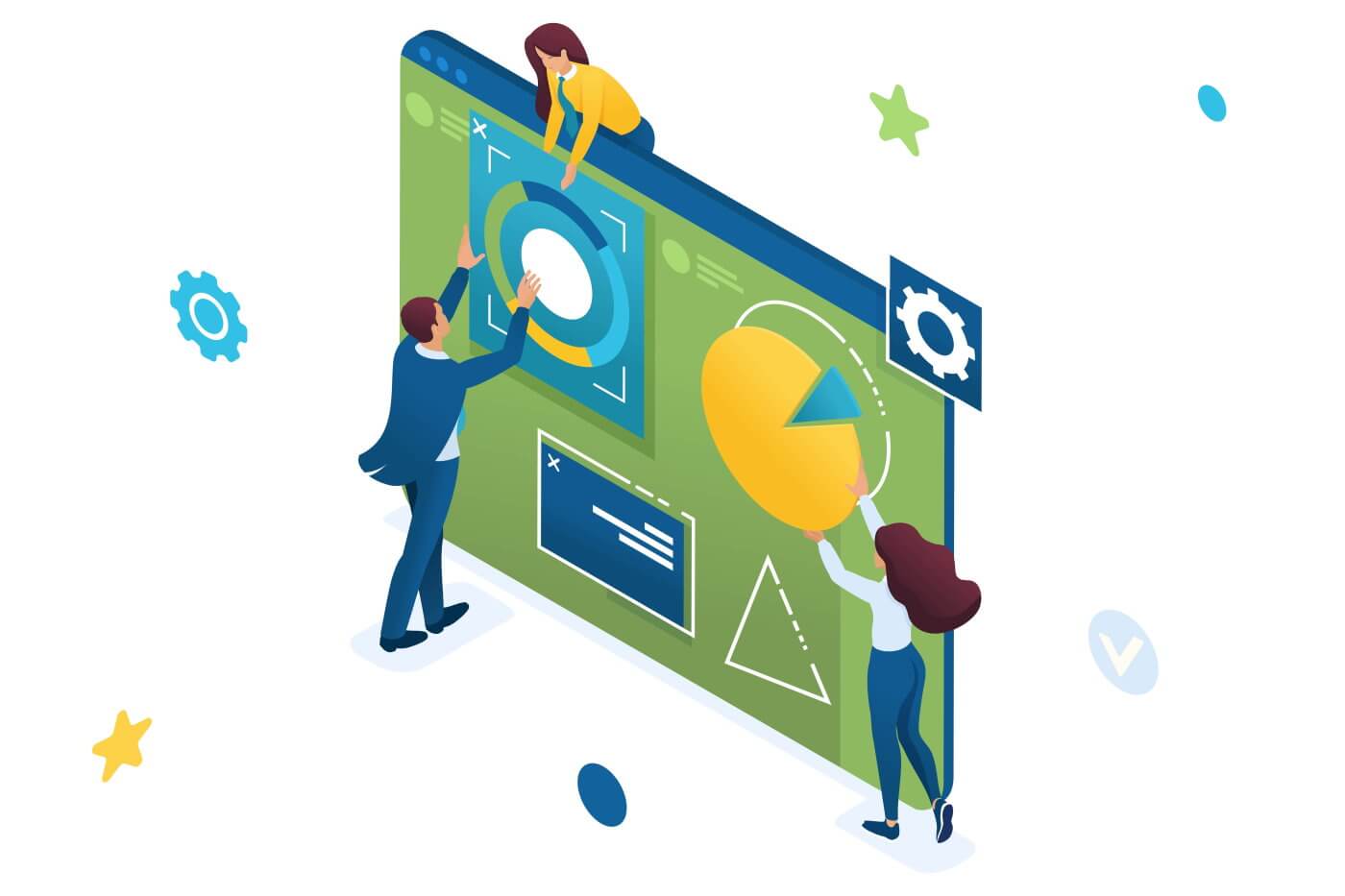How to Apply Employee Monitoring Without Compromising Workplace Culture
Monitoring software can promote productivity and help your company track and prevent insider threats. However, there is some debate about whether or not monitoring software compromises workplace culture and employees’ rights to privacy.
National and state legislation, like the GDPR and CCPA, allows consumers to have a say in the personal information that a company might collect and whether or not it can be sold. But are there protections in place for employees?
Depending on your businesses’ legal jurisdiction, some employee monitoring or data loss prevention (DLP) tactics could be breaching state or federal laws. In the United States, for example, the Electronic Communications Privacy Act (ECPA) prevents the gathering of information through oral, electronic, or wire communications. Businesses in states like Connecticut and Delaware are prohibited from electronically monitoring employees without giving them sufficient notice.

Business continuity requires cohesion between a number of moving parts, so it can become difficult to maintain a healthy workplace while also trying to protect your bottom line from malicious threats or lack of employee productivity. Fortunately, there are ways to implement necessary activity monitoring without compromising workplace culture.
What is Workplace Culture?
Workplace culture is also known as company culture, office culture and organizational culture. It not only refers to the relationships and interactions between colleagues in the workplace, but it also includes the values, behaviors, and attitudes unique to the social environment of a business. This includes how an organization or business treats its employees, contractors, and vendors.
Company culture has received an increasing amount of attention in recent years with the rise of remote workers, open-concept workspaces, and collaborative projects. In this vein, the definition of the workplace must be extended to include all workers regardless of their geographical location, as well as third-party vendors.
Workplace culture relates to the happiness and well-being of those involved with a company workforce. If workers are happier and have a better work-life balance, they are typically going to work more, work more efficiently, positively contribute to a company’s growth, and better understand certain rules or regulations that a company puts in place.
To sum up, workplace culture is an important part of businesses’ growth and employee retention.
With this in mind, it can seem difficult to promote a positive and supportive work environment while simultaneously adopting monitoring measures. If employee monitoring tools are adopted in the wrong manner, employees may feel like their privacy is being violated or that they are not trusted by their employer.
In order to get it right, here are some things to consider:
Improve Trust
To some degree, employees understand that their work behavior is under surveillance. However, sending company-wide announcements that you are regularly monitoring user activity can help to clear the air. Some may think that you or your business cannot be trusted, but most will adapt their behavior to reflect the reasons why you’ve adopted monitoring in the first place.
Informing your employees about what apps are being monitored, which types of communications are being logged, and how you are tracking web usage, enables a broader conversation. It gives you the opportunity to more concretely discuss what data is deemed sensitive, proper data storage, and personal versus company privacy.
This level of transparency helps your company educate your workforce on the necessity of computer monitoring software.
Telling your employees that you are using a tracking software will definitely change your company’s culture, but this is not always a bad thing. If you plan to use monitoring tools for productivity, then employees will be more productive knowing that the tracking software is monitoring their use of restricted websites or social media.
Set Expectations
In general, when employees can understand and conceptualize their company’s workplace expectations as well as expectations around employee performance, they are more understanding of the rules put in place.
If a worker understands that their increased productivity may lead to a bonus, raise, job security, or job improvement, then they may be more motivated.
Productivity expectations are vital, particularly for remote employees. Productivity KPIs can be measured in a variety of ways, including real-time monitoring and time use reports. However, you can also work with your employees to set up budgeted timelines for big projects.
You should set up expectations around prioritizing employee activity. If an employee is aware that their behavior is being monitored , they will be less likely to contribute to things that may harm your corporate culture, such as slacking off or inappropriately sharing sensitive information.
Increase Engagement

Employees value agency in choosing workplace conditions. Therefore, if they feel like they are being forced into a negative situation, it can reflect negatively on your company.
Computer tracking software can be used to educate security managers about employee activity but it can also be an informative tool to improve personal productivity.
It is likely that employees fail to recognize the amount of time they waste while getting coffee or other typical office activities. Not all employees want to slack off on the company dime. Hard-working ones will set time expectations for mundane tasks so that they can quickly move on to bigger, more exciting projects.
Monitoring software can also improve employee engagement. Employees may want a say in how they are being monitored and provide feedback on how their privacy or personal data is being treated. You can set up these expectations in the onboarding process and train veteran employees on how to positively engage with monitoring software.
Sometimes workers show up day in and day out while not being actively engaged in the company vision. Adopt a monitoring tool and educate your employees on the direct benefits of being productive so they are more engaged with your company goals and come to share those goals.
Regularly Update Monitoring Tactics
Computer monitoring software is robust and oftentimes some of the tracking capabilities can be too much for what your company is looking to do. If you are mainly concerned with productivity indicators and don’t want to record something like keystrokes or screenshots, you choose the type of monitoring that makes sense for your needs.
Keystroke logging can be more invasive as it can contain sensitive data and insights on employee behavior. Instead, rely on the time use reports so that you can identify how often a specific web page, app, or communication tool is visited. You can try to use data that is less sensitive and therefore less risky.
If your company supports a lot of remote work or you are new to monitoring remote employees, your monitoring tactics will be understandably different than those required for a team that is working in-house. Real-time monitoring will save activity data while providing real-time feedback.
Your security team should be actively engaged with the apps, tasks, and activity types that your monitoring software is tracking. If your monitoring solution collects and stores its data for a long period of time, then you might want to discern which data is necessary and which can be deleted on a regular basis. Set the storage time period and encryption level so that sensitive data is kept safe.
In this day and age, it’s also important to update how you monitor workplace productivity or even insider threat detection because these tracking tactics continually change. Stay on top of the latest in security news and privacy laws so your company is not at risk for legal action and can stay ahead of new cybersecurity risks.
Certain updates, such as software improvements or updates to security regulations, could also save your company money. Additionally, consumers are actively engaged in how their privacy and data is being handled, so it is crucial to your ROI that you monitor these trends.
Activity monitoring tools are necessary to increase productivity, but they can also change your company culture. By adopting the industry’s best practices and staying on top of the latest trends, you can avoid upsetting your employees or violating a privacy law. Allowing your employees to engage on some level with your use of monitoring tools will keep you and your team accountable.
Related:
Employee Monitoring: An Expert Guide
By SoftActivity Team
Download your SoftActivity Free Trial now!